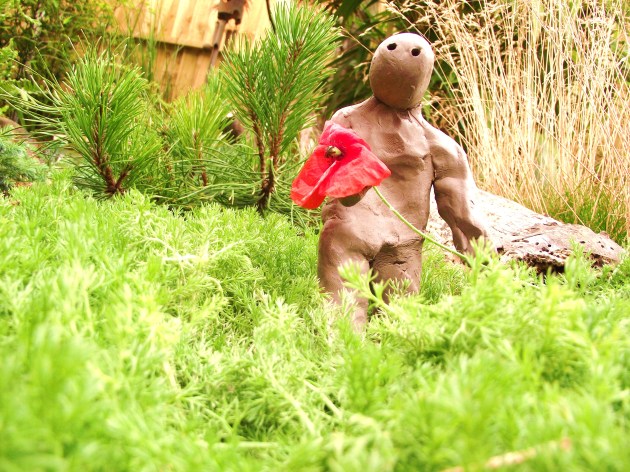This is the 9th image in the D:Sign series:
I love the way the red leaps out from the green, and it would be a pleasant pastoral scene save for the insipid yellow biohazard sign in the background. I did take some photos without the sign which significantly changes the story of the image:
I think the sign gives the image rather sinister undertones. But this isn’t some eco-warrior propaganda warning about the impact of GM crops or somesuch (In fact, as it happens, I’m fairly pro-GM).
So what is the image about? Not only do I like the juxtaposition of the colours but I love the nonchalant feel of the figure revelling in the beauty around him/her. Maybe they haven’t seen the warning sign. Or perhaps they’ve seen it and ignored it. Sometimes to find and experience beauty we need to push beyond the place where people have warned us that it’s too dangerous to go. When all the fearful people around us tell us to stop because the next step is too risky it is an act of faith to move forward into terrain where we sense the promise of life and joy.
And so I wonder when is it courageous and when is it foolhardy to ignore the signs?








